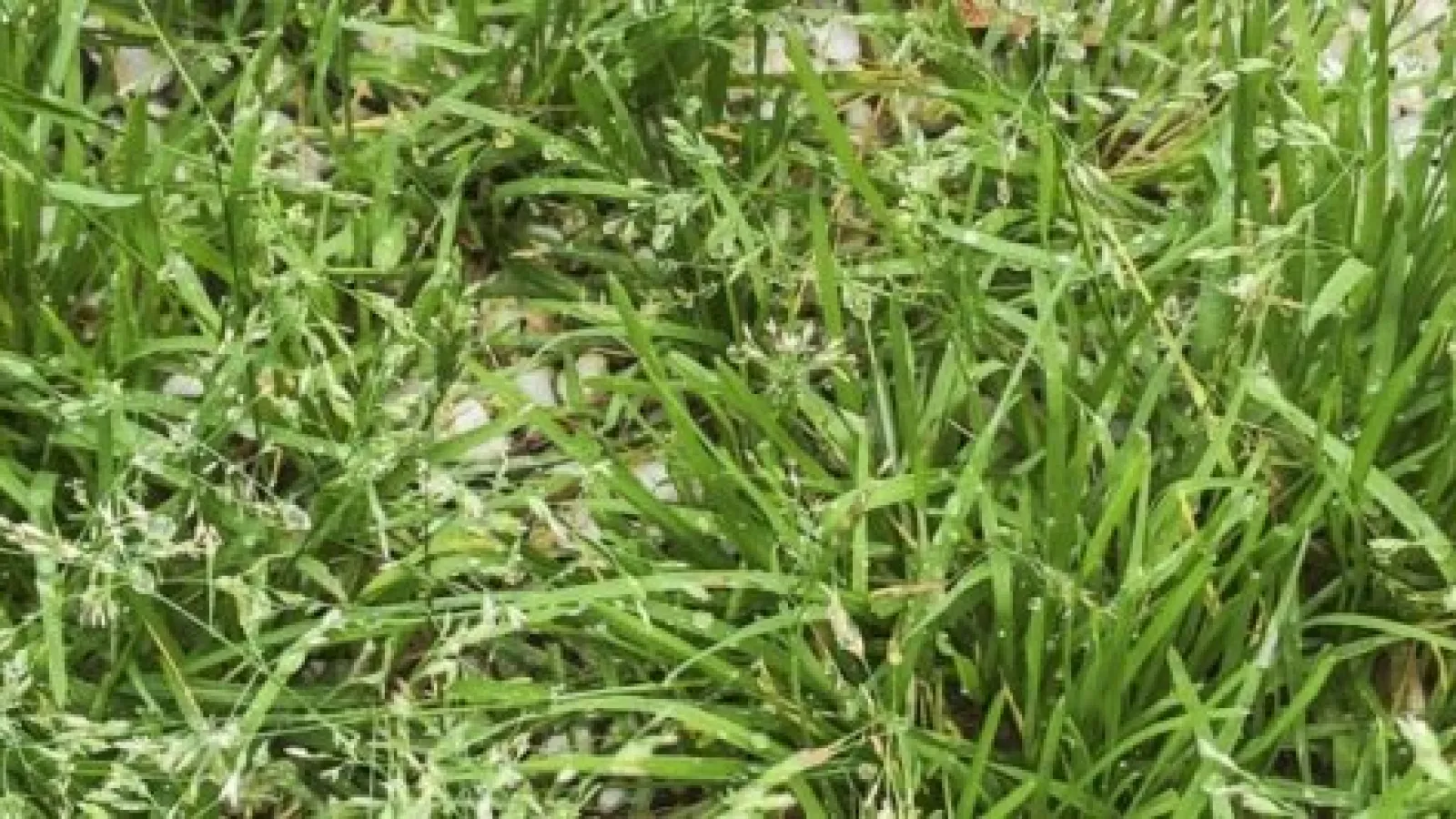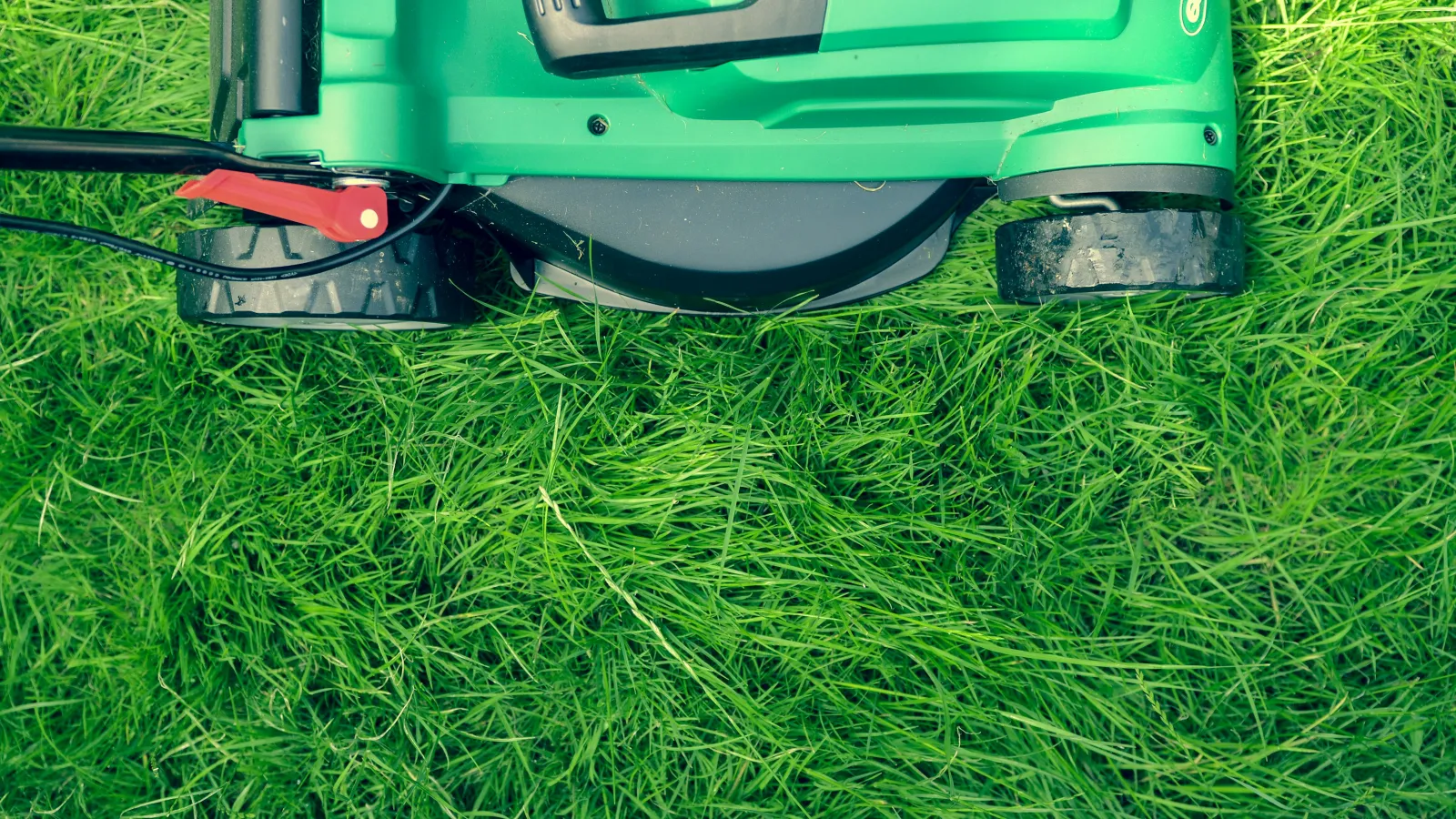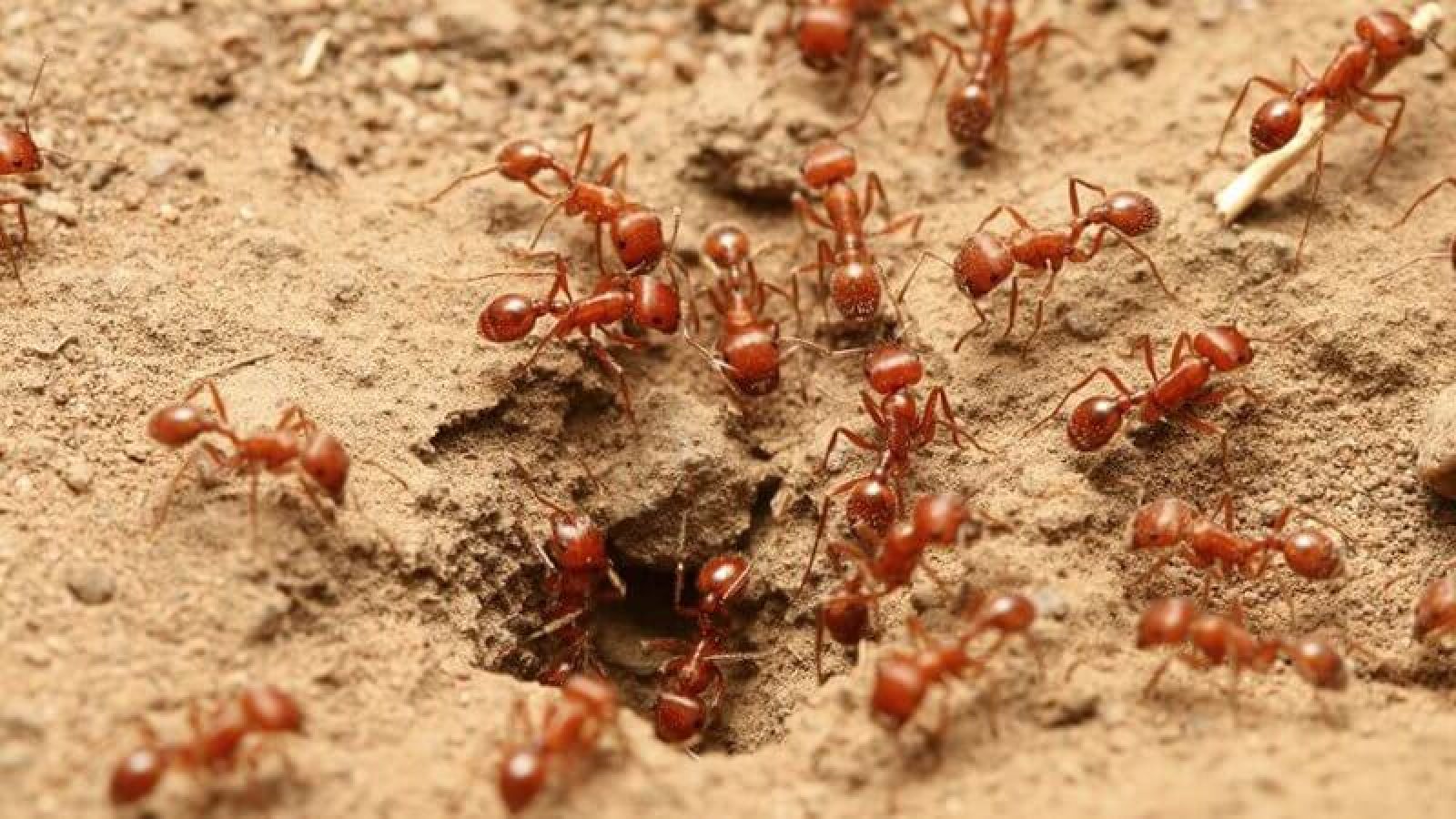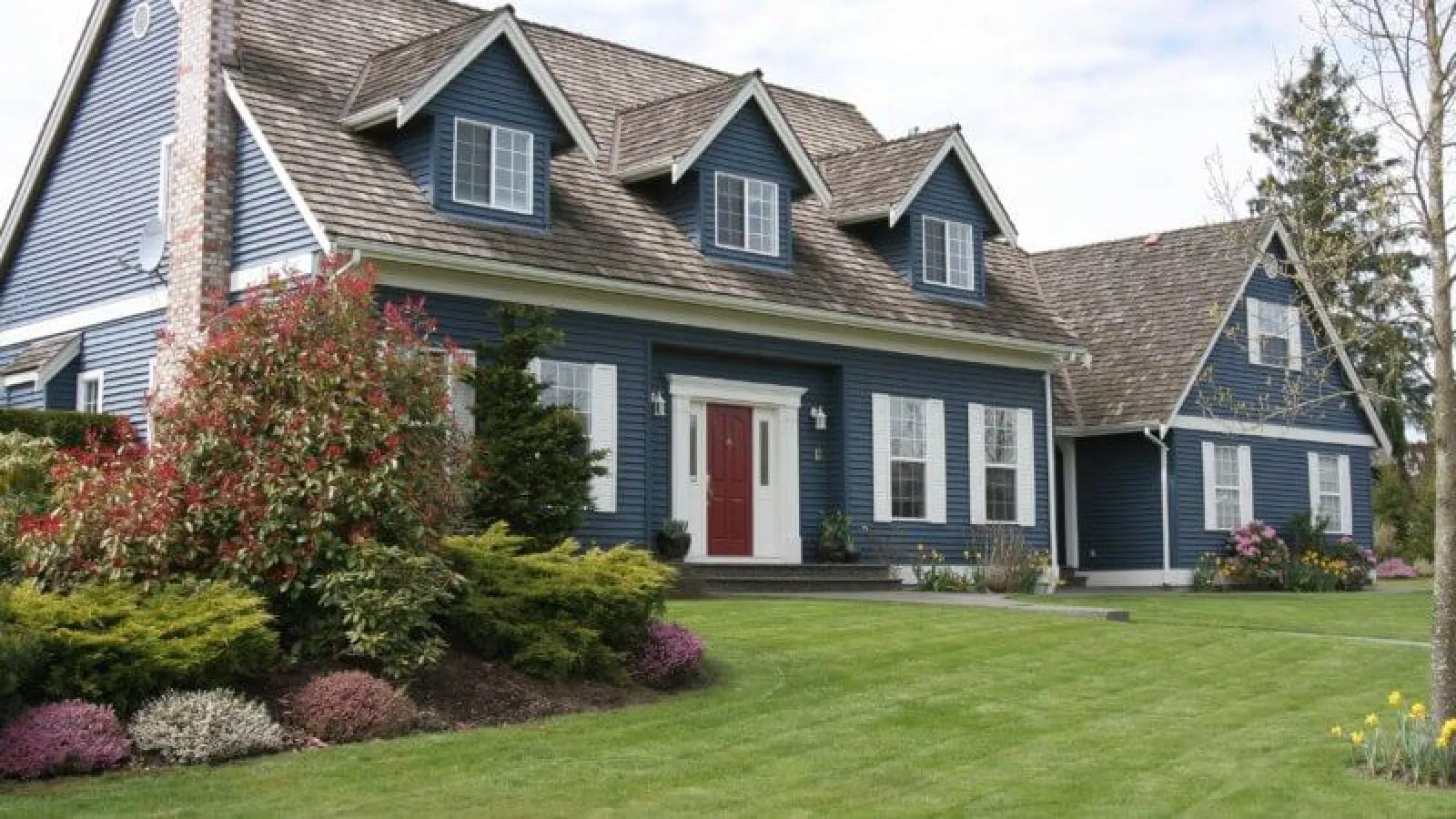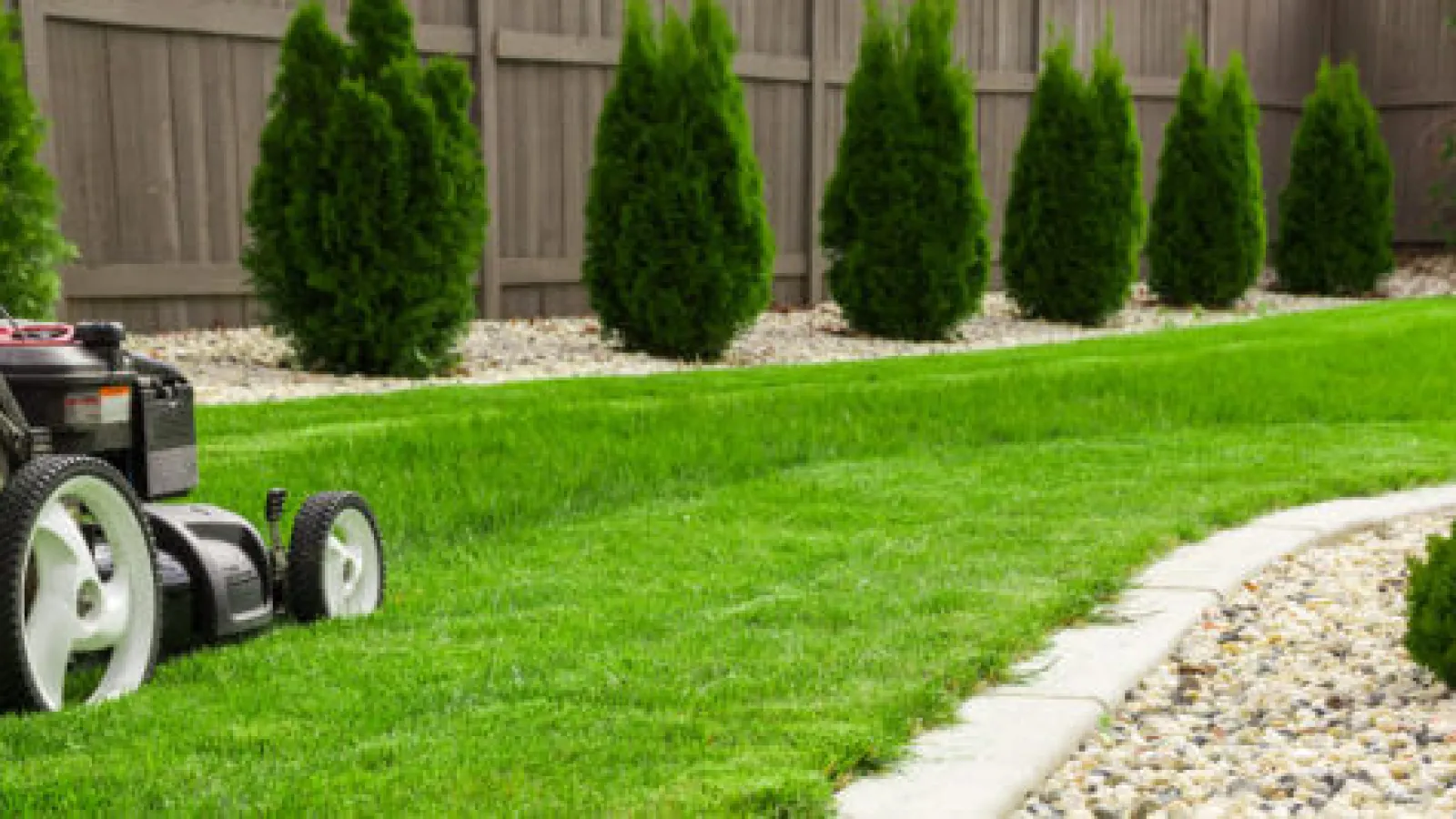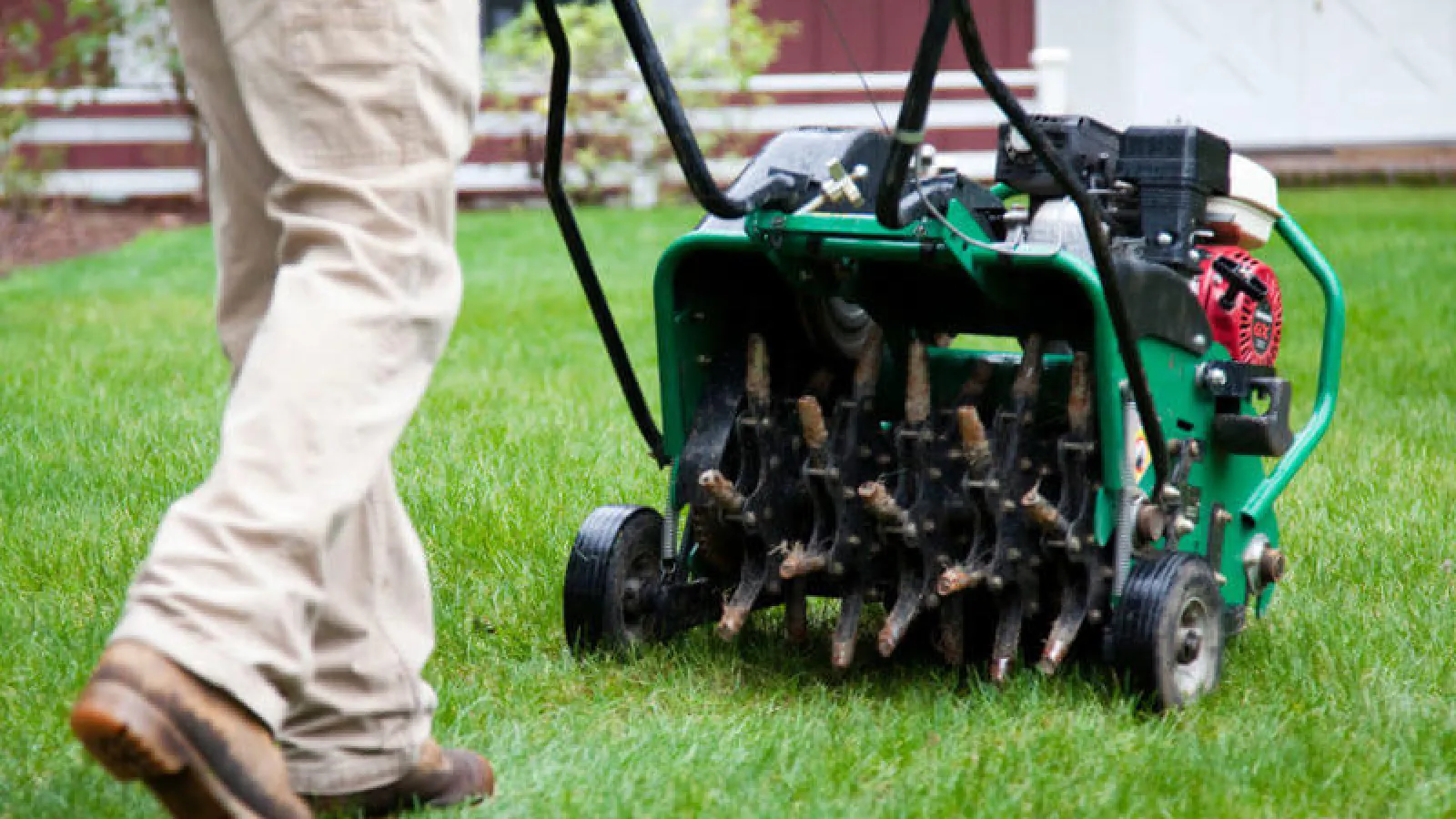Caring For Your
St. Augustine Grass
Helpful tips and information about your St. Augustine lawn
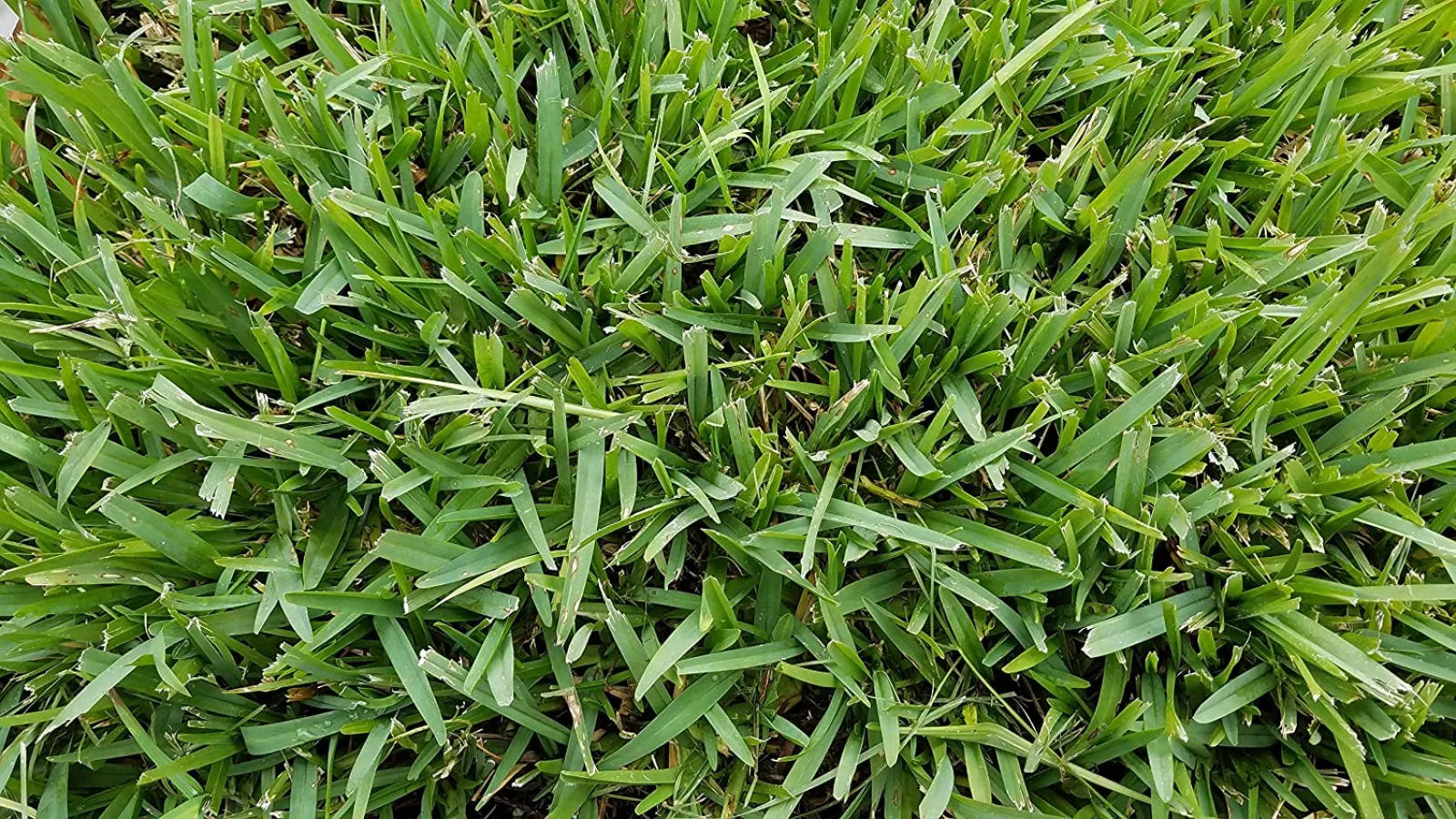
St. Augustine Grass
St. Augustine grass (or Stenotaphrum secundatum) is a coarse, dark green, warm-season grass indigenous to the Southeastern United States. Its native range is from South Carolina, along the Gulf Coast, and as far west as Texas. As a warm-season grass, St. Augustine grass is less cold-tolerant than Bermuda and Zoysia grass. St. Augustine performs best in the bottom third of Georgia, but it can be found in lawns as far north as Atlanta. Because St. Augustine grass is subject to cold damage, Turf Masters will only treat St. Augustine lawns in the very most southern portions of our service area.
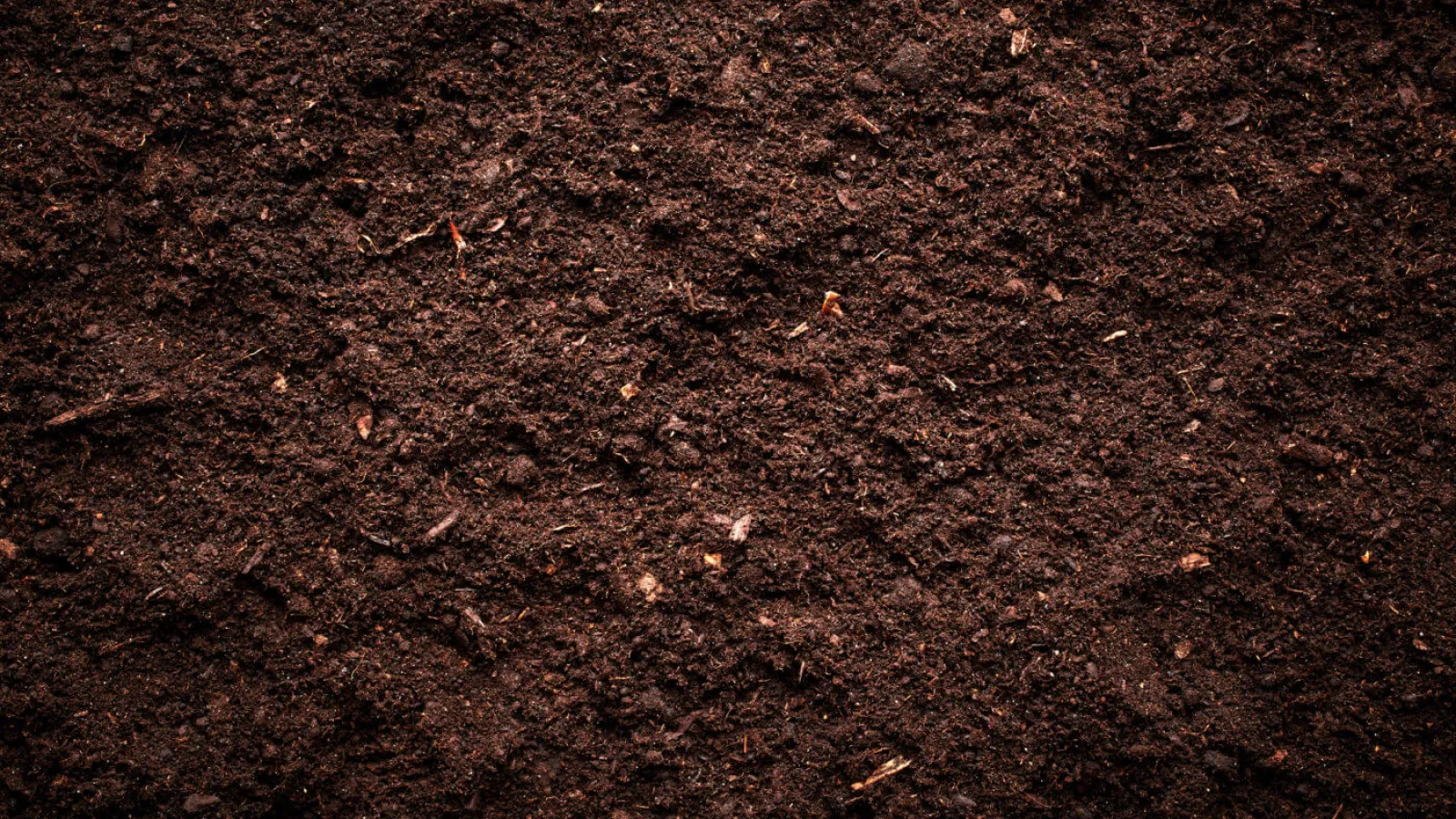
Soil
In areas where it can be safely grown, St. Augustine grass has some great qualities. St. Augustine grass spreads quickly via surface roots called stolons. This creates a thick, dense mat that crowds out weeds. Unlike other warm-season grasses, St. Augustine stays green late into the Fall, provided proper nitrogen levels are maintained. It also tolerates shade better than Bermuda grass and will thrive in soils with a pH of 5.0 to 7.5
Besides the cold, the biggest obstacles to having a beautiful St. Augustine lawn are poorly drained soils, improper mowing, and chinch bugs. However, new varieties of St. Augustine grass have been introduced. "Captiva" is resistant to chinch bugs and requires less mowing than other varieties. "Floratam" is also resistant to chinch bugs and is resistant to the virus that causes St. Augustine Decline (SAD).
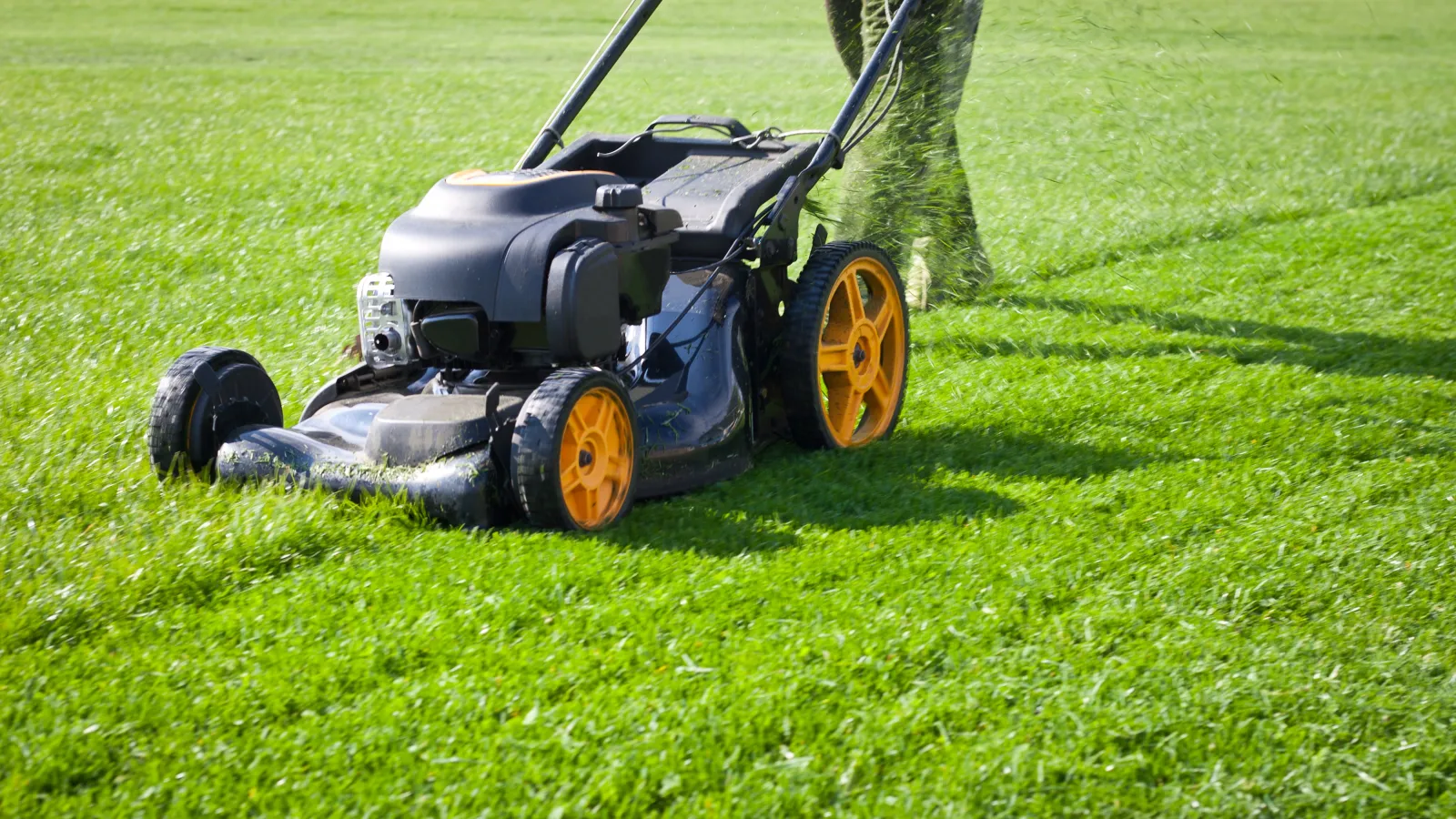
Mowing
St. Augustine grass should be maintained between two to three inches in height during the Spring and Summer months. During the cooler months, it can be maintained at three to four inches in height. Care should be taken to never remove more than 1/3 of the grass blade in any one mowing.
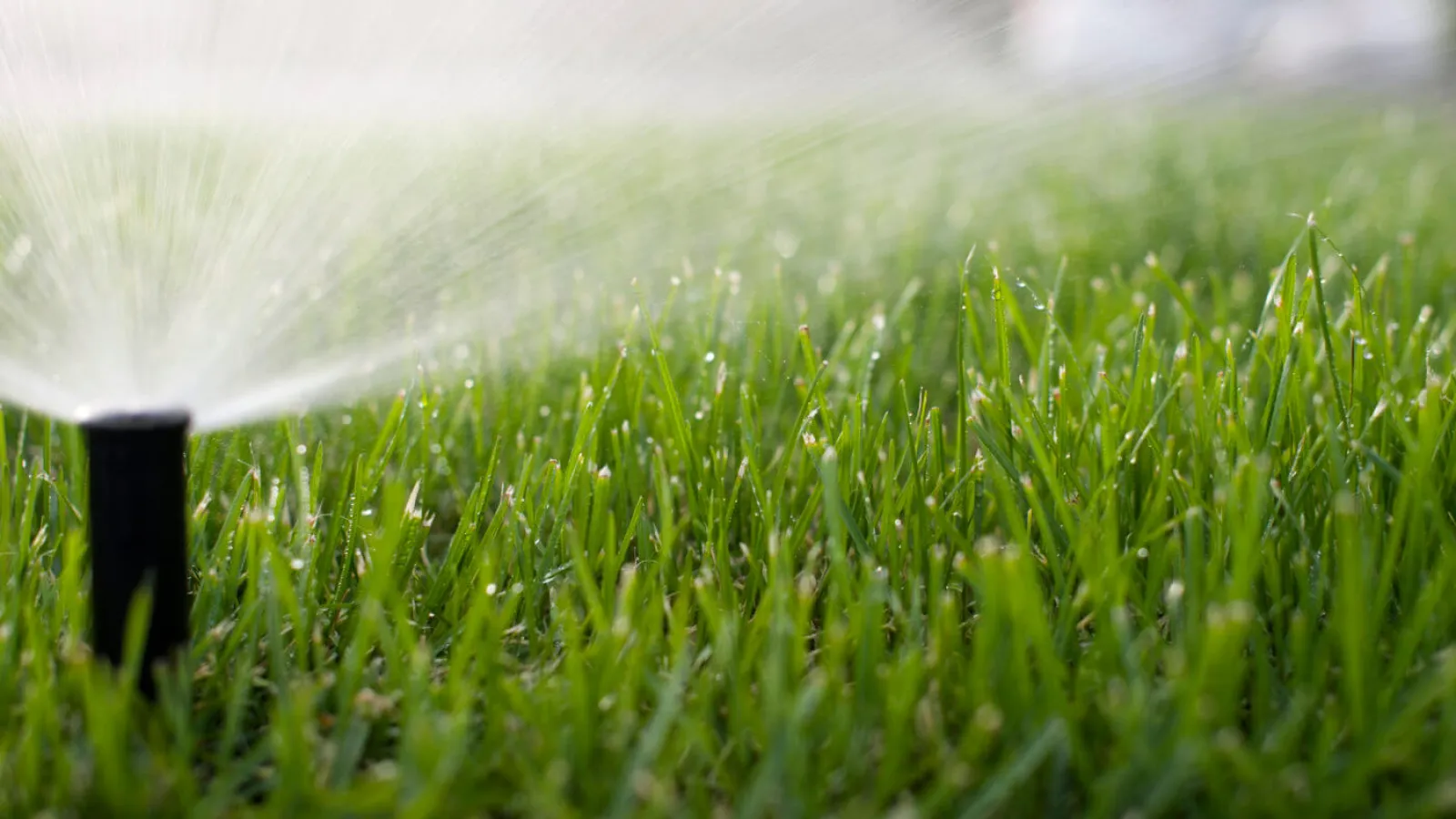
Watering
St. Augustine does not tolerate poorly drained soils; however, it does not tolerate drought conditions either. The best spot for St. Augustine grass is on lawns with good drainage, full sun to partial shade, and proper irrigation.
Should you decide to care for a St. Augustine lawn yourself, always read and follow the label directions for all lawn care products. Because St. Augustine is less common than grasses like Bermuda, Zoysia, and Fescue, many lawn care products are not labeled for the treatment of St. Augustine grass. Please be sure the label clearly states that the product is safe for St. Augustine grass, otherwise you may kill or severely damage your St. Augustine grass.
Frequently Asked Questions About St. Augustine Grass
Does St. Augustine grass tolerate the cold?
St. Augustine grass is less cold tolerant than Bermuda and Zoysia grass. St. Augustine performs best in the bottom third of Georgia, but it can be found in lawns as far north as Atlanta. Because St. Augustine grass is subject to cold damage, Turf Masters will only treat St. Augustine lawns in the very most southern portions of our service area.
How should I mow my St. Augustine grass?
St. Augustine grass should be maintained between two to three inches in height during the Spring and Summer months. During the cooler months, it can be maintained at three to four inches in height. Care should be taken to never remove more than 1/3 of the grass blade in any one mowing.
Does Turf Masters service St. Augustine lawns?
Yes, but only in the most southern portions of our service area. Check out our service areas to see if we can help you with your St. Augustine grass.
How tall should my zoysia grass be maintained in the winter?
During the cooler months, it can be maintained at three to four inches in height.
Does St. Augustine like a more acidic or alkaline soil?
St. Augustine can thrive in soils with a pH of 5.0 to 7.5.
Is St. Augustine shade tolerant?
St. Augustine grass is the most shade-tolerant warm-season grass, although it still needs 4 to 6 hours of sun to thrive.
